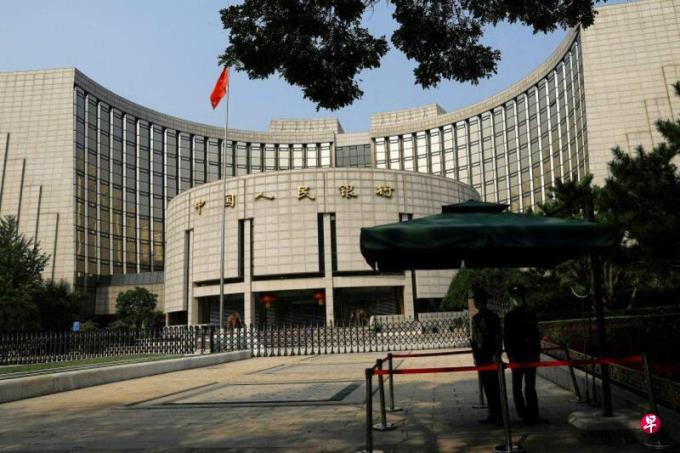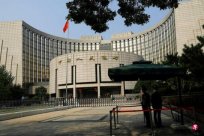
The People's Bank of China injected 289 billion yuan (RMB, the same, Sim of 54.8 billion yuan) to the market through the mid -term borrowing convenience (MLF).The analysis predicts that the central bank will continue to increase significantly before the end of the year to escort the "combination fist" for stable economic policies.
The central bank issued a announcement on Monday (October 16) stating that in order to maintain the banking system, it was reasonable and abundant, the central bank launched a 106 billion yuan open market reverse repurchase operation and 789 billion yuan MLF operation.After deducting the 500 billion yuan MLF expired this month, the central bank is equivalent to investing 289 billion yuan MLF in October, and the increase is further expanded on the basis of 191 billion yuan last month.
MLF is a policy tool for the central bank to increase currency supply, and the issued objects are commercial banks and policy banks.According to statistics, the central bank has continued to do MLF for 11 consecutive months, and has expanded the scale of net offering for two consecutive months.
Yao Shujie, a professor of economics at Chongqing University, analyzed the Lianhe Zaobao that through MLF, the central bank injected liquidity into the market into a lower risk and more flexible manner."This helps to promote commercial banks to reduce interest rates, thereby reducing the cost of loan costs in the real economy and helping to stimulate economic vitality."
Fu Fangjian, an associate professor of Li Guangqian Business School of Singapore Management University, believes that the Chinese government recently made a set of policy "combination boxing", such as relaxing the management and control of the property market and allowing local governments to accelerate debt issuance, making social funds a bit tight.The central bank puts more currencies in order to increase the demand for currency supply in the short term.
The central bank has launched a series of interest rate policies since late August, including lowered the company's new loan ratio and reduced the first mortgage interest rate of the stock.On the other hand, many local governments in China have issued special recycling bonds this month to replace hidden debt.As of Monday, 18 provinces and cities have announced debt issuance plans, with a total of more than 700 billion yuan.
Wang Qing, the chief macro analyst of Dongfang Jincheng, said that "wide credit" is an important support point for the current consolidation of the economic recovery upward momentum. It is expected that MLF will continue to increase the sequel by the end of the year;The liquidity structure of the bank and the reduction of the cost of bank capital, and may also be reduced again before the end of the year.
MLF interest rates lowered 10 basis points and 15 basis points in June and August of this year, and a total of 25 basis points were reduced.In October, MLF interest rates stabilized at 2.5%, but the market is expected to reduce MLF interest rates by 10 basis points by the central bank before the end of the year to stimulate economic recovery.
Fu Fangjian pointed out that, compared with MLF, interest rate cuts and standards are more effective currency launching tools, but the flexibility is relatively low and must be used more cautiously."The government should observe the combined fist effect a while ago. If various indicators have not met the expectations, they will use a more powerful 'weapon'. If the indicators have stabilized, it will not be easily stimulated."
Economic data such as China's GDP (GDP) in the third quarter of China will be announced on Wednesday (18th).Bloomberg previously quoted sources as saying that decision-making is considered issuing more national debt and raising fiscal deficitRate to ensure that the economy can achieve a growth goal of about 5 % this year.
Zou Lan, director of the Central Bank Monetary Policy Department, said at a press conference last Friday (13th) that the central bank's monetary policy response to super expected challenges and changes also has sufficient space and reserves.Activate endogenous power and vitality to create a suitable monetary and financial environment.



